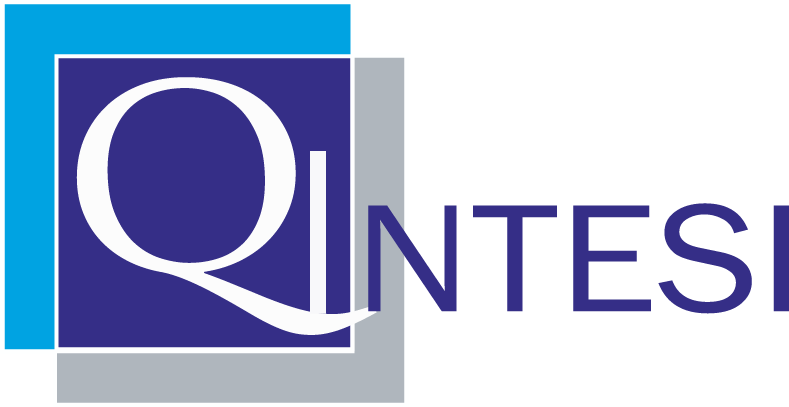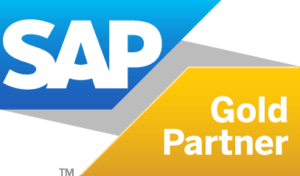Challenge
The growing importance of ESG criteria, acronym for Environmental, Social, Governance, motivates and pushes companies to operate in achieving their business objectives by combining benefits for their employees, the communities in which they operate, the environment and all stakeholders. In this context, the Sustainability Report takes on more and more value, becoming a central asset.
The Customer, an important Italian Group in the Chemical & Pharma sector, operating in about twenty countries, located all over the world, has decided to structure the process of drafting the Sustainability Report by enabling a process distributed in the Countries and governed by the Corporate. The challenge was to support a complex and articulated process, in a flexible and effective way, limiting implementation times to one quarter.
Solution
The Client’s goal was to transform a spreadsheet based, time consuming process born a few months before, supporting it with a tool capable of guaranteeing greater robustness, reducing the effort to control and govern the process.
The choice of SAP Analysis for Microsoft Office, combined with BW Integrated Planning made it possible to design a User Experience that allowed at the same time to:
- minimize the impact of the transition on End Users
- strengthen the checks on the consistency of the data sent and the centrally defined rules
- collect qualitative data in support and integration of quantitative data
- reduce the effort required for orchestration
The GRI (Global Reporting Initiative) indicators have been designed in a specific model, designed to be scalable and expandable, in order to accommodate new reports. The physical and quantitative metrics were modeled by integrating the economic and financial components already existing in the Consolidated Financial Statements.
The scheduling of the sessions has been automated, allowing collection sessions to be started on a monthly, quarterly or annual basis: each GRI has a specific collection frequency that allows three types of closures to be activated.
The engagement and communication between the Local and Corporate actors have been strengthened through the automated sending of emails for:
- opening of the sessions
- notification of sending to the corporate
- GRI reopening notification (for post sign off additions or corrections)
- reminder in the last days of the process (countdown)
Data submission is monitored centrally, allowing immediate visibility at Entity / GRI level. Each change in the status of the Reports is tracked, as are the actor and the time of sign-off identified.
Results
- Standardized data collection, consistent with the GRI Standards and supported by an ad hoc database
- Improvement of the involvement of peripheral actors, with a reduction in the coordination effort
- Efficiency of process monitoring
- Centralized reporting, without the need for post handling
Statement

Le informazioni contenute in questo documento sono di proprietà.
Copyright © 2014 Qintesi S.p.A. Tutti i diritti riservati.





